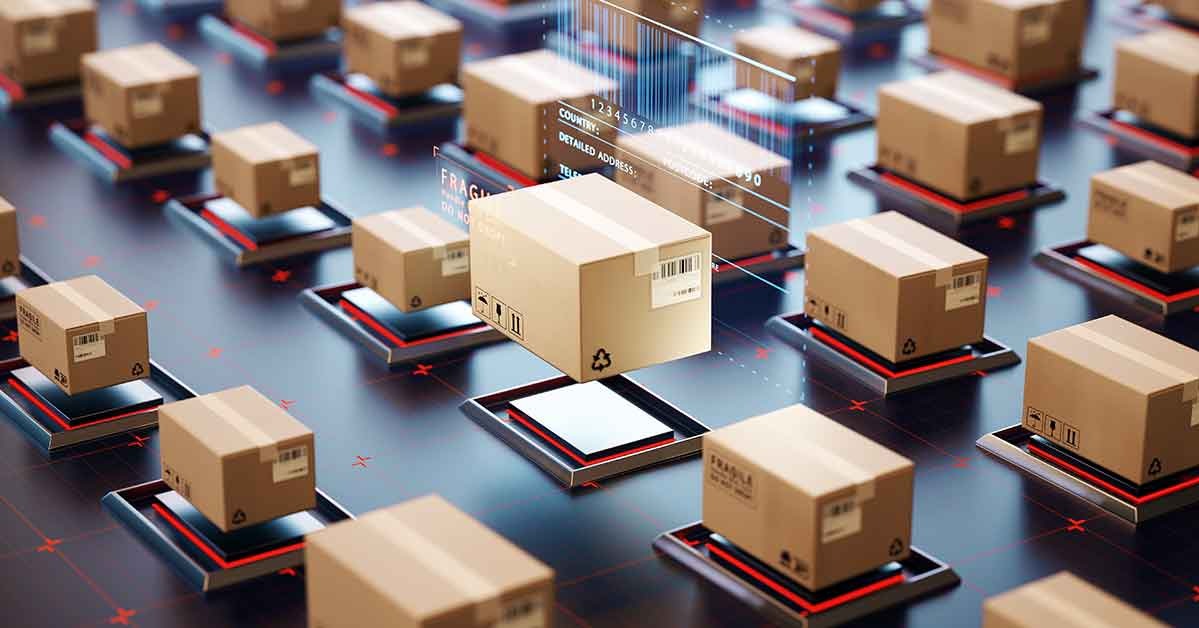Continuously changing consumer demands and the unpredictability of the external environment have made it essential for manufacturing businesses to start investing in their supply chains, making them better prepared for ever-evolving change.
Here, we’ll take a look at how technology within your supply can help you overcome the many challenges facing the manufacturing industry today:
The challenges facing manufacturers today
Increased costs throughout supply chains
Profit margins are constantly under pressure, from the constant rise of fuel costs to the increased price of raw materials and storage. Without effective supply chain control and modern technology, you’ll lack the visibility required to identify areas of opportunity so you can reduce the costs, such as sourcing materials from a cheaper supplier, affecting your overall profitability.

Issues with suppliers
One study found that 26.9% of businesses will keep inventory levels the same but will be changing supplier bases since the pandemic. However, changing suppliers could cause turbulence and delays within your operations due to your current supply constraints, especially if you don’t have the appropriate technology in place to support your supplier relationships.
Here are just a few of the issues you could run into without technology:
- Inability to easily see when you need more stock in your warehouses – if you don’t have any technology to track how much you’re storing in your warehouses, such as IoT devices, this will impact your flexibility to meet consumer demand if it peaks or dips
- Order fulfilment – without planning for worst case scenarios within your supply chain, for instance through predictive analytics, this could lead to you failing to fulfil orders if a supplier is struggling to source your materials
- Using suppliers who fail to meet your needs – if a supplier is always delivering stock late or they fail to communicate about any major changes that’ll affect their delivery towards your warehouses, this will impact your production lines. With the right technology in place such as Supply Chain Management, it’s easier to identify where your parts are coming from, so you can react quickly to change your sourcing strategies

Without planning to incorporate digital strategies to target customers via these new channels, you may become stagnant in the market. A study found 75% of consumers adopted a new purchasing behaviour since the pandemic such as shopping via a digital channel they’ve never used. This means that if you fail to revolutionise your targeting strategies by including your products on new, upcoming channels, you could be losing out on additional sales and customer interest.
How can integrating new technology overcome these challenges?
Better control over your inventory
Technology like inventory software tools can assist you in gaining visibility across your entire supply network, meaning you can anticipate when you’ll be needing additional stock. Alerts can be set up to reach out to suppliers when your materials hit a certain level, allowing you to automate these tasks whilst maintaining the relationships you have with them.
Additionally, you’ll also be able to monitor stock control effectively through real-time data. If you’re finding that you’ve got more stock than needed in your warehouses, insights tools will identify this so you can lower the quantity you need the next time around, benefitting your cash flow and control of your materials in turn.
Improved ability to react to change
If one of your suppliers is experiencing issues, from sourcing raw materials to transporting them into your warehouses, you can pivot quickly to find new suppliers to reduce the impact on your processes.
Since the start of the pandemic, disruptions have increased by 14%. As a result, customer expectations for companies to deliver their products on time has seen an average decrease of 54%, emphasising the need to implement better technology to prepare for changes within your supply chain.

Technology like Supply Chain Insights allows you to analyse suitable alternative suppliers through a ranking system, based on their effectivity to deliver materials to other businesses and evaluating how suitable they would be for your operations. This means you can enhance the quality of your supply chain control by choosing suppliers that fit your business needs. We’ll address this later.
Streamlined collaboration for your teams
Barriers to successful supply chain management are both the lack of communication and clarity among collaborators across all of your internal processes. Technology allows you to centralise your data in one location, providing easy access across your workforce.
When you can access key insights regardless of your location, you can easily monitor your production performance and identify issues within your individual warehouses quickly and efficiently, preventing them from escalating further.
Additionally, technology provides a gateway for effective interdepartmental collaboration, which is key for productivity to soar. This will allow you not only to identify risks effectively but to get input from project teams across your entire supply chain, so you can make better informed decisions based on collective opinions.

How can Microsoft’s Supply Chain Insights benefit your business?
Now we’ve discussed the challenges you may face towards your supply chain in the manufacturing industry and how technology can help tackle these, let’s address how specific software can support your supply chain control. Microsoft’s Supply Chain Insights, now in preview, has been designed to transform existing supply chains by sensing, predicting, and mitigating disruptions before they occur.
Here are some of the key features it offers:
- Analyse the market for changes through predictive analytics, acting as a safeguard for your processes so you can function at optimal performance, at all times
- Assign a risk score towards your suppliers and facilities. This enables you to pinpoint where your supply chain is currently failing, and addresses the risks of introducing new suppliers within your operations
- Create a series of what-if scenarios through a digital twin of your current processes, so you can perform simulations about constraints, weather-related events, or geopolitical events without harming your supply chain
Available as an additional part of Microsoft’s Cloud for Manufacturing, this can easily be integrated within your existing planning and execution systems. You can learn more about Microsoft Supply Chain Insights and how it can benefit your supply chain network here.

The roadmap to digital transformation for manufacturers
To overcome the many challenges your manufacturing business faces, you shouldn’t just rely on technology, as how can you guarantee that your workforce will respond positively towards this change? Our report addresses this, covering:
- The roadmap to manufacturing transformation
- Why manufacturers must digitally transform
- How to bridge the talent gap
- And more!
Interested? Download your copy today by clicking below.

